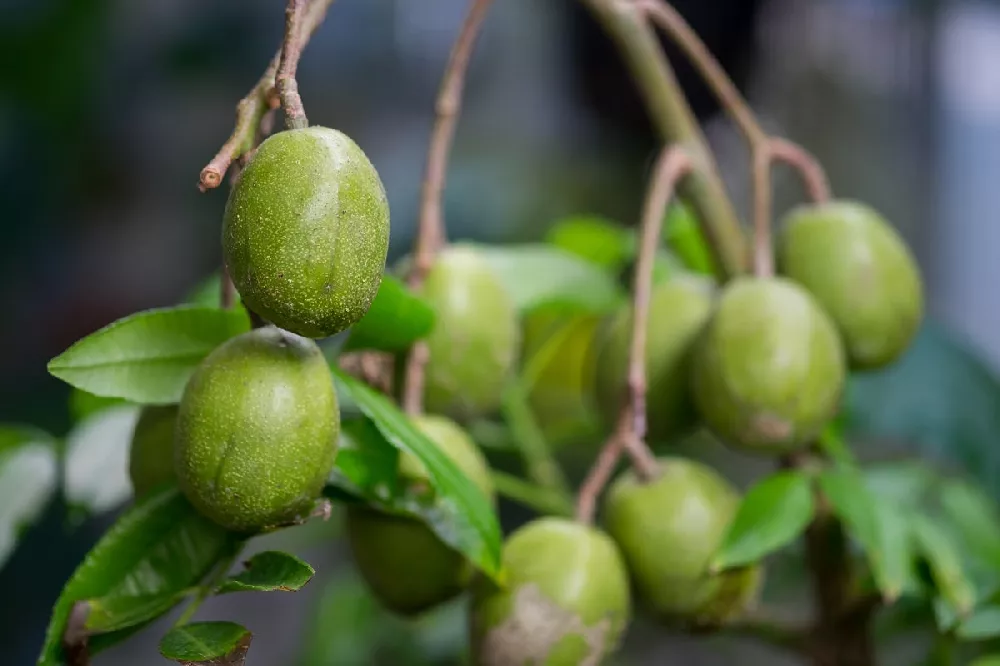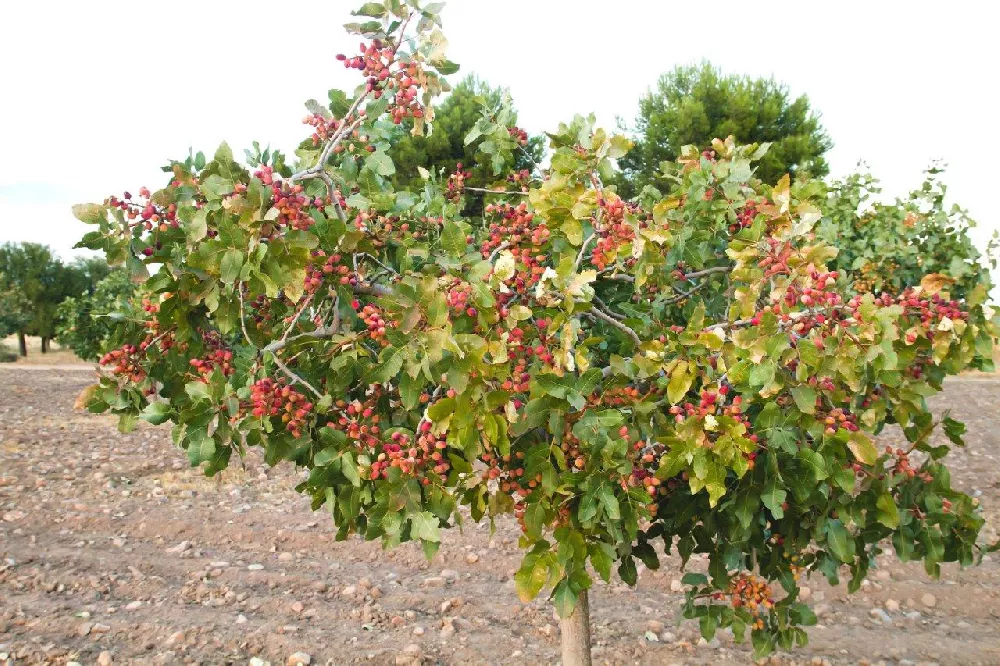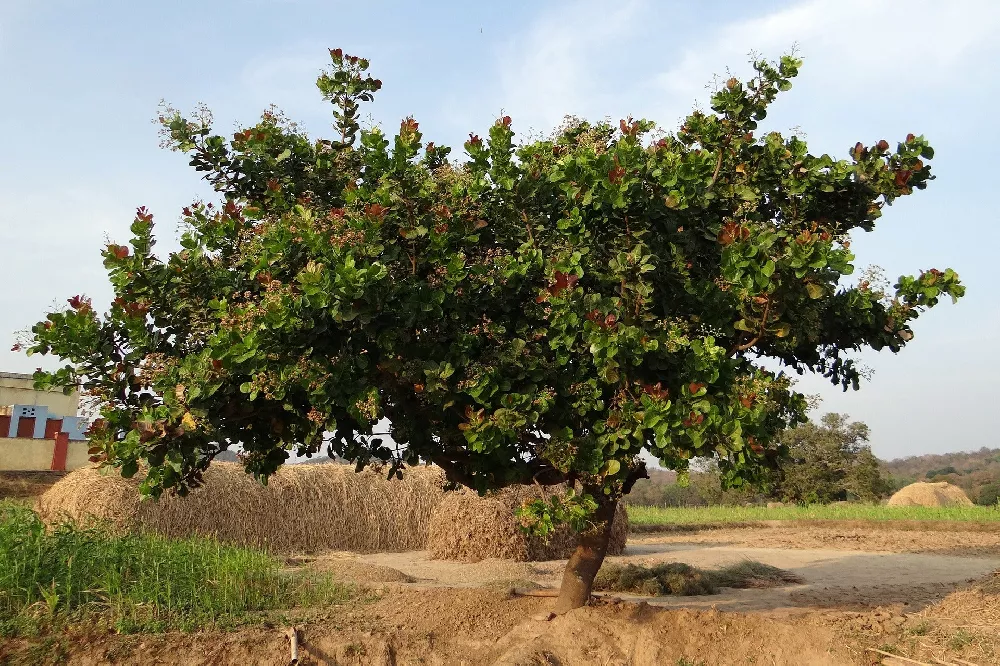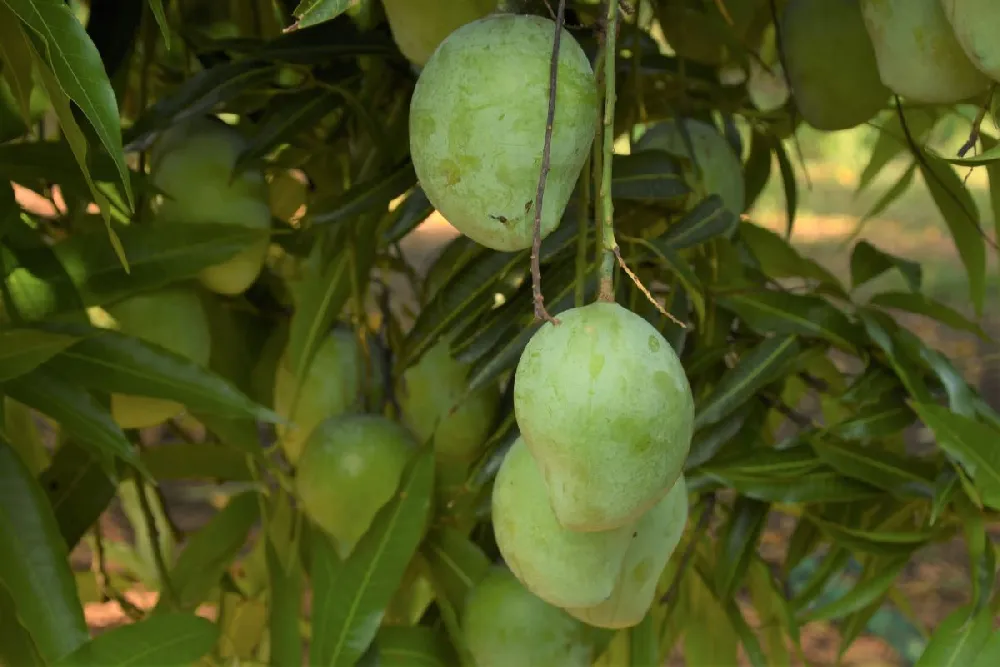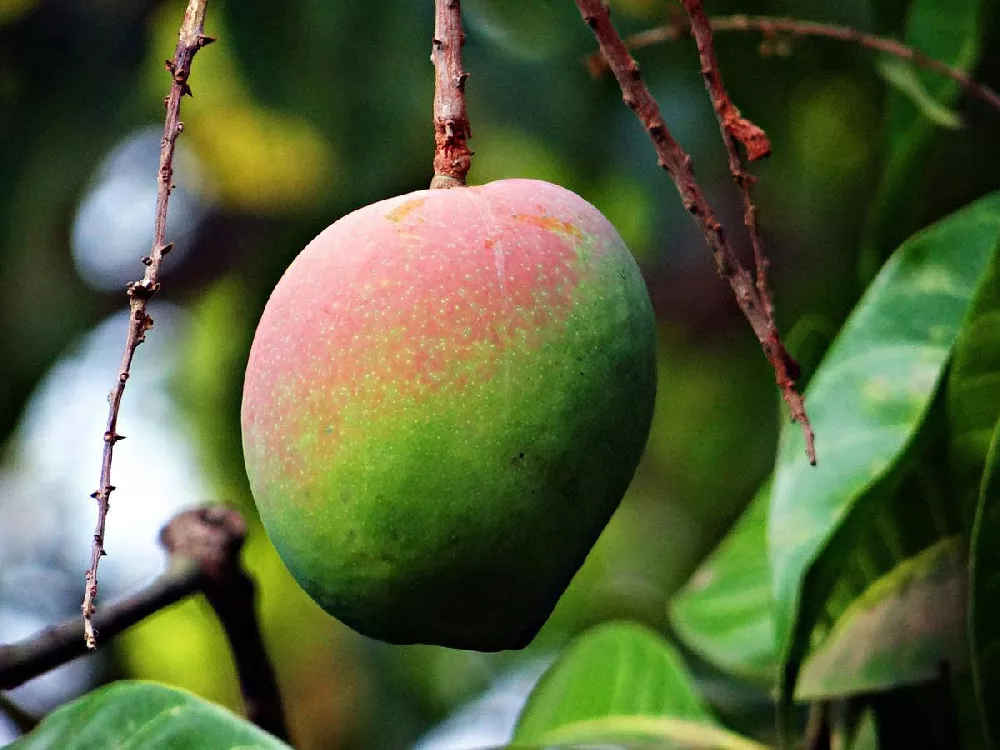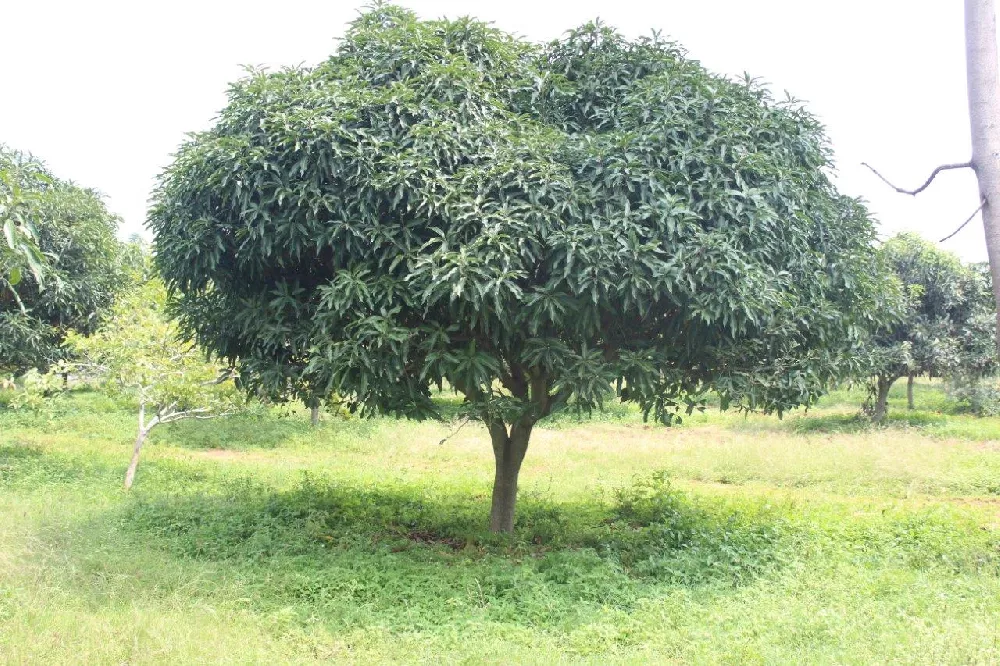- Home >
- Edible Plants >
- June Plum Trees
June Plum Trees for Sale - Buying & Growing Guide
June plum tree is a small tropical tree species with a fruit that stands out from nearly any other. Regardless of what the common name implies, June plum tree fruits do not taste like regular plumbs. Instead, their flavor is closer to a mango. However, rather than being soft like mango, the flesh of this fruit often has a crunch to it. June plum tree is also an adaptable plant. It grows in small spaces and can survive in both indoor and outdoor settings, depending on the climate. Here are some key characteristics of June plum trees:
- Produces unique fruit with a mango-like flavor and somewhat crunchy flesh.
- Grows well even in places where space is limited.
- Adapts well to containers and can grow indoors.
Enter your zip code to find nearby stores that may carry this plant.
Plant Care
Sunlight

Survives both full sunlight and partial shade. Needs at least 4 hours of light.
Watering
Requires some water but does not do well with soil that is constantly wet.
Fertilizing

Fertilization needs are moderate to low. When fertilizing, use a balanced, general-purpose blend.
Planting and Care
Planting instructions
If you want to grow a June plum tree in an outdoor setting, you can plant it either in the ground or in a container. When growing in the ground, begin by digging a hole that is twice as wide as the root ball and equal in depth to the root ball’s height. If you use a container, make sure that it is large enough to accommodate root expansion and that it has plenty of drainage to prevent the soil from becoming waterlogged. You can also grow this plant indoors as long as the temperature remains above 50 degrees Fahrenheit.
Watering and nutrients
This plant can be very drought tolerant. Its water needs are generally low compared to other plants. You should apply water to your June plum tree when you notice its soil has dried out. Regarding fertilization, this plant’s needs are also somewhat minimal. Using a fertilizer formula that has equal parts nitrogen, phosphorus, and potassium will work best. Apply that fertilizer about two to three times per growing season if you wish.
Pollination
You won’t need to worry about planting multiple trees if you want fruit from your June plum tree. This species is self fertile and its flowers will be responsible for attracting insects and other pollinator species. As long as you keep your tree healthy and you have a healthy pollinator population in your area, you should have no issue getting your June plum tree to produce numerous fruit each year.
Pests, diseases, and animals
June plum tree is not a species that experiences a lot of problems with pests and animals. However it can run into issues with root rot. One of the leading reasons for root rot is overwatering. This overwatering is especially common when this tree grows in a container. If the container does not allow water to drain properly, the soil becomes waterlogged and the tree will begin to suffer.
Harvesting
The main goal of planting a June plum tree is to enjoy the fruits that this plant produces. June plum trees don’t always fruit at the same time of year, which can make planning a harvest difficult. But that does not mean that you won’t get a lot of fruit from your tree. Harvest based on visual cues. When the fruit is longer than two and a half inches, it’s ready to harvest. Also, it’s ok to eat this fruit when it is both ripe and unripe. In fact, some people prefer the latter.
FAQs
How tall does a June plum tree grow?
In the wild, the June plum trees can grow as tall as 40 to 60 feet. However, those heights are unlikely and only occur when conditions are ideal. In most common gardens, this tree will be much smaller at a maximum height of eight feet. The full spread will be similar, making this plant a suitable option for those who do not have a lot of space or want to grow their fruits in containers.
How long does it take for June plum trees to bear fruit?
If you grow a June plum tree from seed, it will take about four to five years for you to receive your first fruits. If you grow your tree from cuttings, it will take a bit less time, with two to three years being the average.
Compare Similar Products
Customer Reviews
 Order cancelled
Order cancelledThe June plum was backordered twice so replaced the order with a different plum The new plum i sending out new leaves. seems to be adjusting well.
 June Plum Tree
June Plum TreeThe June Plum arrived in good shape. As is expected, some leaves were lost but the plant overall was in good form. Right now the plant is thriving with new sprouts and young leaves.
